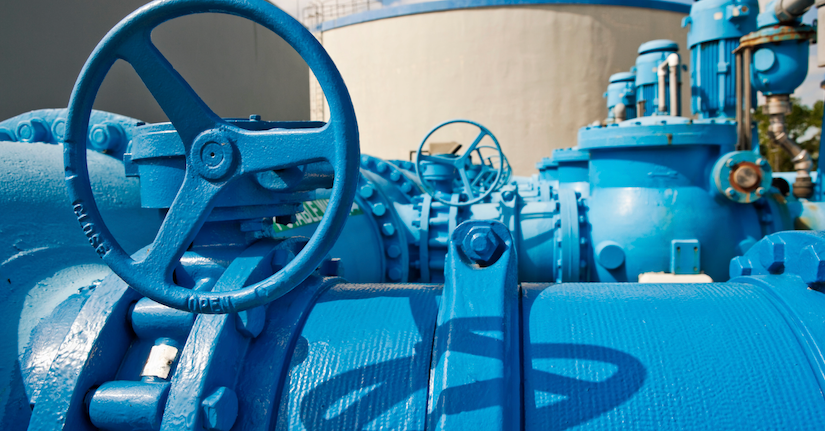Traditionally, water and wastewater utility companies generally use OEM recommendations for asset care and maintenance. As always with OEMs, they ignore the Operating Context and some of these OEM recommended tasks are not needed (not technically feasible) and a general waste of time, money, and resources.
This is not only because the OEMs are wrong, but also because the OEMs set general standards without knowing the Operating Context or application for their assets in each individual case.
Challenge: A complex WWTP under construction wanted a complete and reliability-based maintenance plan in place prior to plant commissioning.
Besides needing a robust plan for reliability-based maintenance, the WWTP had not yet identified an Enterprise Asset Management or CMMS to use for the facility. An EAM system is how organizations track their assets as it relates to criticality, proactive maintenance, repairs, cost of ownership, reliability, availability, remaining life and more. This is an important early decision for the success of a utility company in order to meet reliability-based maintenance mission and vision goals.
OEMs will typically provide all recommended maintenance procedures for their equipment and systems. However, in the case of a large and complex WWTP, the maintenance data is spread over a vast range of documents and submittals. Just locating, reviewing and adding maintenance tasks for the various assets requires a substantial amount of time.
Solution: Utility company looked to Aladon for RCM3 analyses on key processes, systems and assets
The WWTP utility company turned to Aladon to assist them in establishing a reliability-based maintenance plan while the plant was being designed and undergoing construction. Fortunately, it is not necessary to know which EAM system is going to be used to determine a reliable maintenance program based on the Operating Context. However, the utility company was at a disadvantage by not having asset ID numbers identified and not being able to enter the tasks in the EAM system which will require additional work later on and may lead to duplication and mistakes.
RCM3™ combines the operating Context, Engineering, Maintenance and Operations know-how and OEM recommendations with case-by-case use and data. Starting this process from the time of plant design and construction is ideal.
Aladon accessed the utility’s BIM 360 project in order to review process descriptions and the associated vendor data. Each process and system were clearly identified by location as well as the detailed operating and alarm parameters for all the associated assets. Aladon used this data to draft an operating Context (subject to review and update after completion and operation),and to build a preliminary maintenance program using the RCM3 methodology. The preliminary maintenance program recommendations will be sent to the maintenance and operational specialists responsible for the corresponding assets for a final review, update and acceptance.
Following are some of the process areas covered in the RCM3 analysis:
- Raw Wastewater Pumping
- Screening Management
- Grit Removal
- Primary Sedimentation Tanks
- Activated Sludge Tanks
- Secondary Clarifiers
- Disinfection
- Chemical Addition
- Sludge Thickening
- Digestion
- Dewatering
- Odor Control
- Tertiary Filtration System
Aladon created 1,047 risk management strategies with the following breakdown:
168 Preventive time-based maintenance tasks
397 Predictive maintenance tasks (On-condition tasks)
89 Functional testing or failure-finding tasks
283 No schedule maintenance (Run to failure with spare part recommendations)
1,100 No scheduled maintenance (Run to failure with no spare part recommendations)
In addition, Aladon also defined failure modes (problem causes) and mechanisms (events leading up to the failure) to potentially be loaded into the EAM system. This will assist the WWTP O&M staff to capture failures, ensure an evergreen and sustainable program, as well as uptime/downtime KPIs for measuring availability and reliability.
The analyses were broken down into a hierarchical structure that will greatly aid in the EAM system setup.
Contact us to find out more about how Aladon can help your organization.
